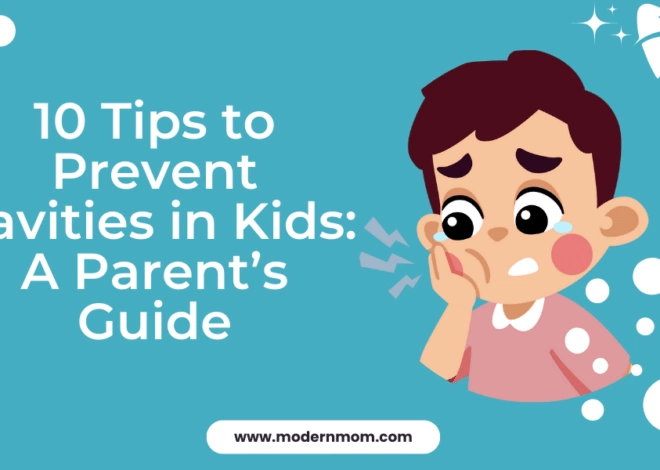Signs and Symptoms of Vaginal Yeast Infections
You have an uncomfortable feeling, but are not sure what is going on, with itching, swelling, mysterious secretions. But if you think you might have a vaginal yeast infection, how do you know? And lastly, what can you do about it?
Symptom Sorting
A vaginal yeast infection is a condition caused by a change in the balance of bacteria that normally live in the vagina. But then again, so is bacterial vaginosis. And what about trochomoniasis, which has some symptoms that might be mistaken for one of these two? How do you figure out which one you have? Here are some simple rules of thumb (although by no means a substitute for a diagnosis by a professional) for distinguishing from among the three.
Vaginosis causes a fishy odor. Vaginal discharge is thin and pale gray or grayish-yellow in color. Vaginosis can have ramifications if you are pregnant or about to undergo a pelvic procedure and can make you more susceptible to STDs. (If you think you have vaginosis, it’s a good idea to see a gynecologist for diagnosis and treatment.)
Trichomoniasis is an STD caused by a parasite. Trich, as it is also called, brings on a strong, unusual odor. Vaginal discharge is copious, foamy, and yellow-green in color. There may be red patches around the vagina, and trich can cause painful intercourse and/or painful urination. (If you think you have trich, go directly to a gynecologist.)
With a yeast infection, however, there is no noticeable odor. Vaginal discharge is thick, and often described as being like cottage cheese in texture. There may be redness, itching, pain, or all three. Yeast infections are annoying but basically harmless.
It’s a War in There
So you have figured out that you probably do have just a yeast infection. How did you get the infection and what might have brought it on?
In the female reproductive system—as in the digestive system—it’s a war. The good guys are the friendly bacteria we need to be healthy. In the vagina, these good guys are lactobacillus acidophilus—acid-loving milk bacteria. The bad guys are yeast-infection-causing fungus. If the good guys are losing, then the bad guys increase in numbers, and you get a yeast infection.
Hormonal shifts can cause yeast infections, as can diet (too much sugar), diabetes, stress, allergic reactions, HIV and even antibiotics (which kill both the good guys and bad guys indiscriminately, thereby making it easier for the bad guys to take over).
Good News
The good news is that if you are not pregnant and do not suspect other illnesses going on, then yeast infections are often self-treatable. The same good guys that help fight bacterial infections internally are also helpful in treating yeast infections.
Acidophilus Treatment
Yogurt, in the plain, unflavored, unsweetened variety (make sure it has active cultures) will soothe the outside of the vagina, the vulva. Some yogurt, gently inserted, will also soothe the inside. Eating plain yogurt will also help by adding good bacteria through your digestive tract. Lastly, you can take live culture supplements (probiotic supplements can be found at any health food store, as can lactobacillus suppositories). The first level of attack is to bombard the bad guys with an influx of the good guys to increase the balance of good flora.
Over-the-counter Treatment
Another line of attack is over-the-counter yeast infection treatments, such as Monistat, Femstat, Vagistat-1 and Gyne-Lotrimin. These OTC treatments—either creams, suppositories, or tablets—all recommend checking with a gynecologist if symptoms last longer than 3 days of treatment—you might have something other than a yeast infection after all, and that is worth looking into.




